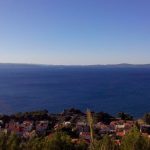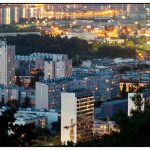There is nothing more logical but to start this series with the very heart of Split, its historical center based in and around Diocletian’s Palace. This is where Split was born. We all know the story about Roman emperor Diocletian, and his 1,700 years old palace where he spent his retirement days. For those who expect to see a palace as a building – in Split, the Palace is the city itself.
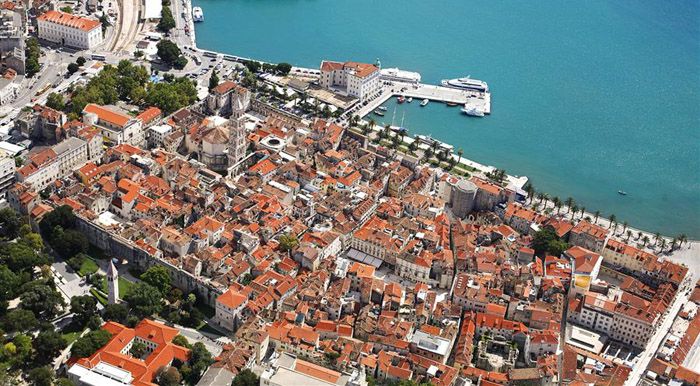
Nowadays, Split’s historical core is on UNESCO’s list of world historical heritage, earning that status in 1979, even before Venice. It consists of Diocletian’s Palace, and medieval (or later) buildings inside the Palace and toward Riva (waterfront) or to the west up to Marmontova street and colonades on Prokurative. Also, the old town includes Riva, the colourful green market, and the area north of Palace, with city Giardino, Art museum complex, and statue of Gregory of Nin, among other things.
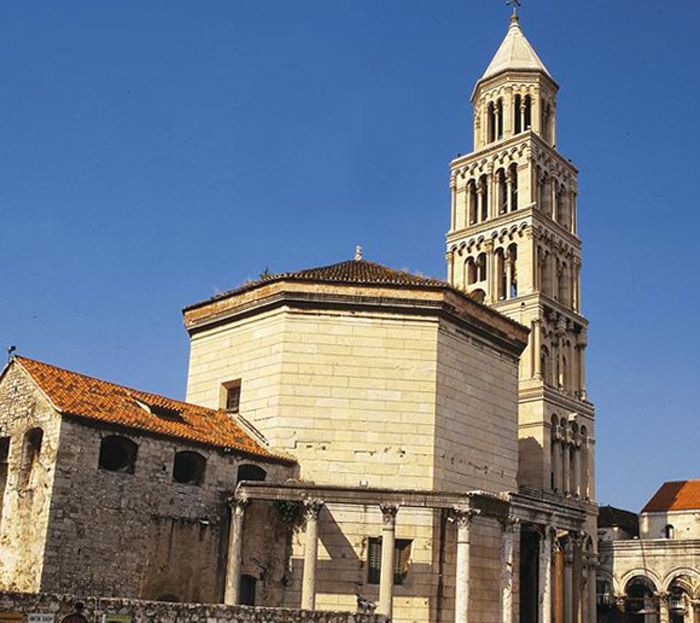
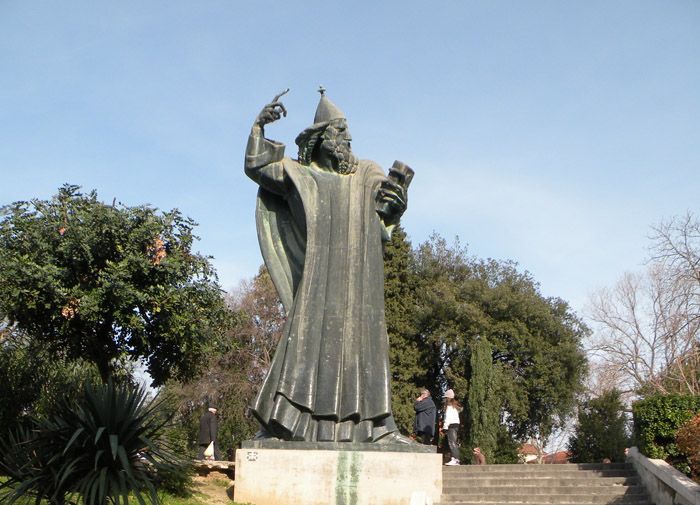
Almost all historical attractions in Split are based in the city’s centre, it’s a collection of at least Top 10 “what to see” in Split, including Peristil, Palace’s substructures, Diocletian’s quarter, all main city squares, churches, etc. Also, most of the popular restaurants and cafés are there, like Zinfandel, Uje, No Stress, Dva Tona, Bajamonti, Teak, Tinel, Fro, and many, many others, especially in the main season.
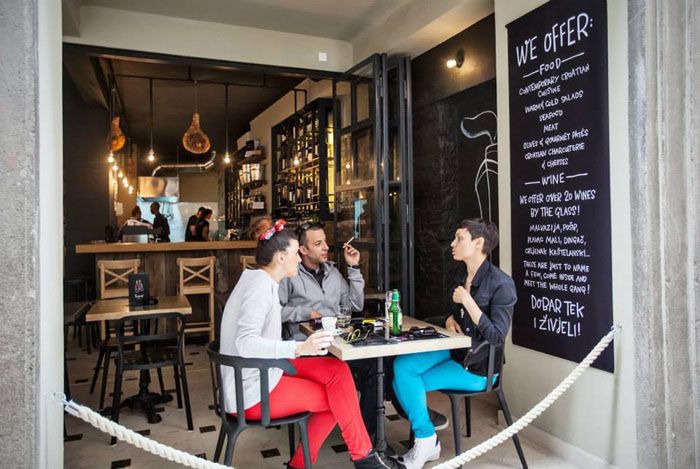
Of course, all this has made the city center the most popular for accommodation, with several boutique hotels like Vestibul, Judita, Peristil, Marmont, and countless apartments and private rooms. Staying in such a historical and important environment usually means higher prices, and it is the case in most venues in Split’s center. Still, views of the old city, and close proximity to all the attractions usually means that staying in historical core means value for money.
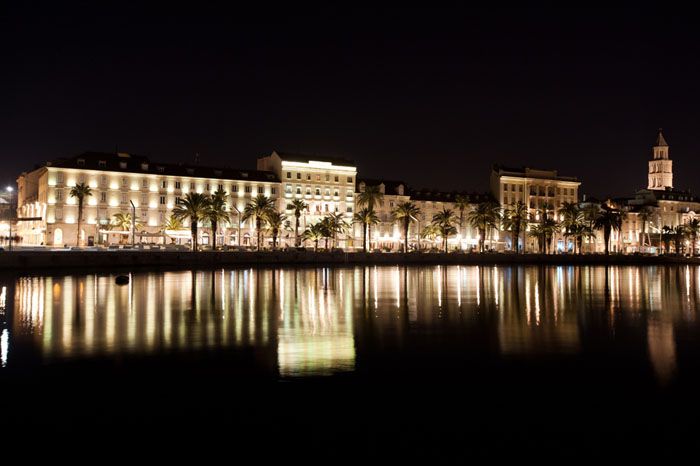
Although it’s great to stay in Split’s heart, there are also downsides. First, it’s not very friendly to those arriving to Split by car, since parking is a chronic problem in this city. Further, in the high season it’s possible you won’t get a nice, quiet sleep due to a noise from streets, squares, restaurants, bars. Split centre is not the place for a quiet, family vacation, except in some parts, such as near Vestibul. Still, like almost anywhere in the city, it’s safe to stroll around even late in the night.
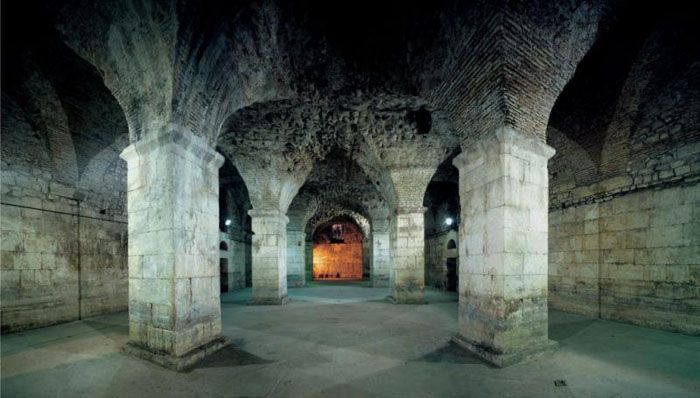
There is another thing any guest should take in account. Split is a historical city, but its full value and beauty is in its life. Even though Diocletian’s Palace is a globally important monument, it’s also a place where people live. Respect that fact, don’t argue too harshly if someone complains about the noise, he or she is probably going to work next morning. If you were in Dubrovnik, you probably didn’t see many locals, but Split is very different. Take advantage of of that fact, check out where locals go, and join them, it’s usually a good recipe for an even better vacation, including visiting the fishmarket, green market, and sipping coffee on Riva or any given square.
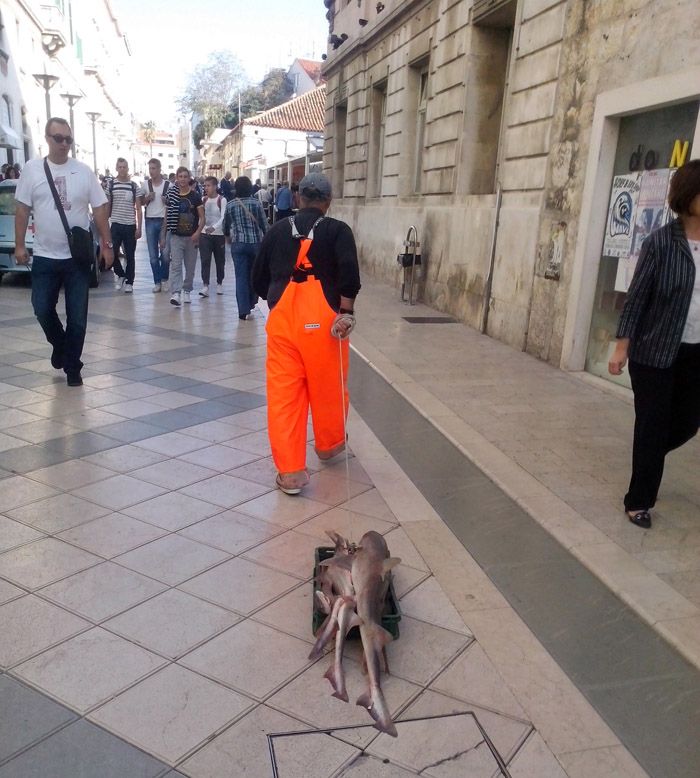
(to be continued)
PREVIOUSLY IN WHERE TO STAY IN SPLIT
Choose Neighbourhood By Your Needs


